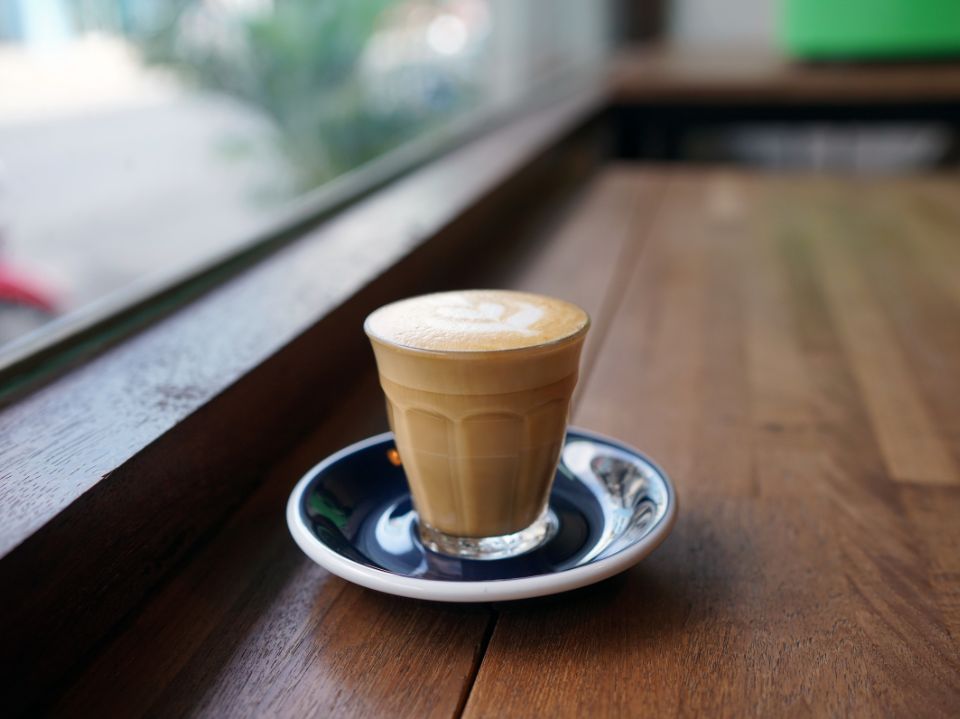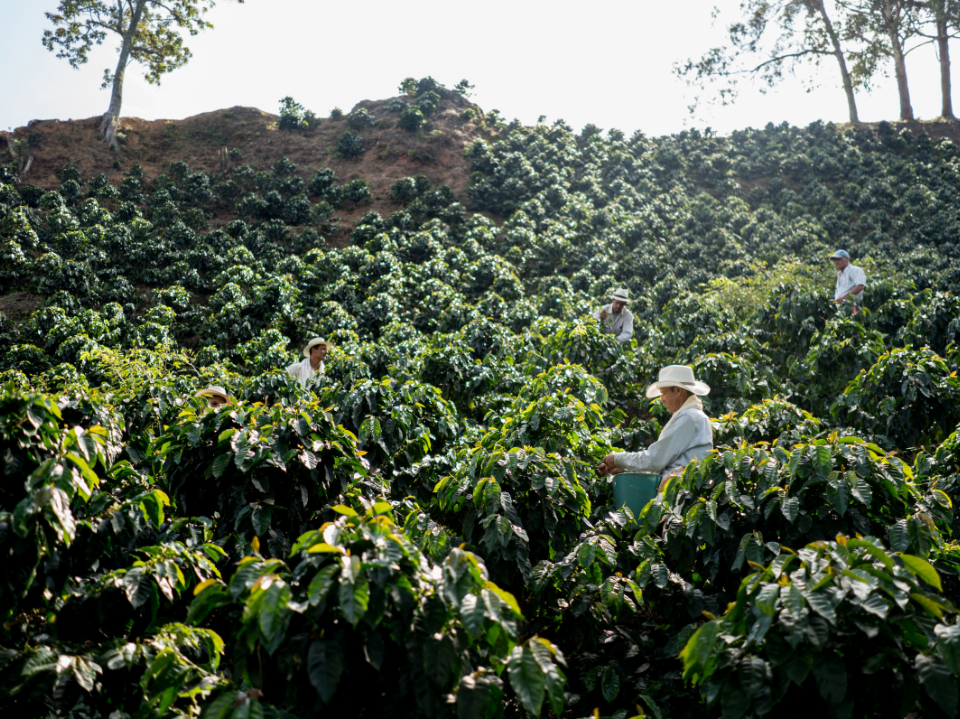Cold brew coffee is one of the most popular drinks in the coffee world. A decade ago, cold brew was unavailable in many coffee shops, but now you can find cold brew coffee at most local coffee shops.
In fact, according to a 2019 National Coffee Association survey, 80% of participants under 40 are aware of what cold brew is and 20% drink it on occasion.
It’s refreshing, and incredibly easy to make in the comfort of your own home. Cold brew coffee is not to be confused with iced coffee, which is brewed hot and then chilled over ice.
What Is Cold Brew Coffee?
Cold brew coffee is created by steeping ground coffee in cold water rather than hot water. It usually involves a lengthy steeping period of 12 to 24 hours.
The coffee is then strained and chilled before serving, either over ice or diluted with water. Cold brew is generally described as smoother, lower in acidity, and heavier in flavour than typical brewed coffee.
Cold brew can also be made in a Chemex or French press coffee maker or a cold brew coffee maker. As with regular coffee, milk, cream and sugar are common additions to cold brew.
Origin of Cold Brew
The origins of cold brew coffee can be traced back to the 1600s in Kyoto, Japan. Although the record prior to that is unclear, it is evident that the Japanese were brewing coffee in this fashion.
By the mid-1800s, cold brew coffee had spread to many parts of the world. Cold brew coffee in Australia has been slow to catch on, but it is becoming more popular by the year. Now, cold brew coffee is no longer a specialty item.
How To Make Cold Brew Coffee
Cold brew coffee is a great coffee drink for people who have never brewed coffee at home because it is simple and does not require a high level of precision.
All you need is cool or room-temperature water, ground coffee beans, and a brewing vessel.
Step 1: Grind the Beans
We recommend using a coarse grind because fine grinds can pass through filters more easily. To get the most flavour out of your beans, grind them right before brewing. Grind no less more than 60 seconds before brewing as the oxidation of the coffee is accelerated once ground.
Step 2: Steep Coffee Grounds in Water
The basic method is to combine water and beans in a specific ratio that will vary depending on your preferred taste.
An excellent cold brew coffee ratio is 1:4, which means 1 ½ cups of coffee grounds and 6 cups of water. You can use a ratio of up to 1 part coffee to 2 parts water for a stronger brew.
Combine the coffee and water together and let the brew sit at room temperature for 12-18 hours or in the refrigerator for 18-24 hours.
Step 3: Strain the Coffee
After the allotted time has passed, filter the coffee to extract the coffee particles, leaving just the delicious brewed coffee.
You can dilute the cold brew coffee even more with ice, water, or milk or you can mix it with hot water to enjoy it warm.
Cold Brew Vs. Cold Brew Concentrate
Although you can make ready-to-drink cold brew, it's best to start with a stronger brew, known as a concentrate, and then dilute it.
Since there are so many variables that go into making cold brew coffee, such as the type of coffee beans, the coarseness of the grind, the brewing time, and the temperature, it's difficult to get the exact level of strength you want.
That's why it's best to start with a stronger brew and then dilute the concentrate to get the perfect flavour.
Benefits of Cold Brew Coffee
- Easy brewing process
- Save time and money
- Extremely convenient
- Less acidic
- Health benefits
- Excellent way to repurpose old coffee beans
How Long Does Cold Brew Last?
Cold brew can be stored in the refrigerator for up to 7-10 days as a concentrate. If you make your own cold brew, store it in the fridge after it has been brewed and filtered. For best results, store it in an airtight container and avoid opening it too often.
Cold brew coffee makes it easy to produce an amazing cup of coffee at home – as long as you have the patience.
To learn more about all specialty coffee-related topics, click here!


